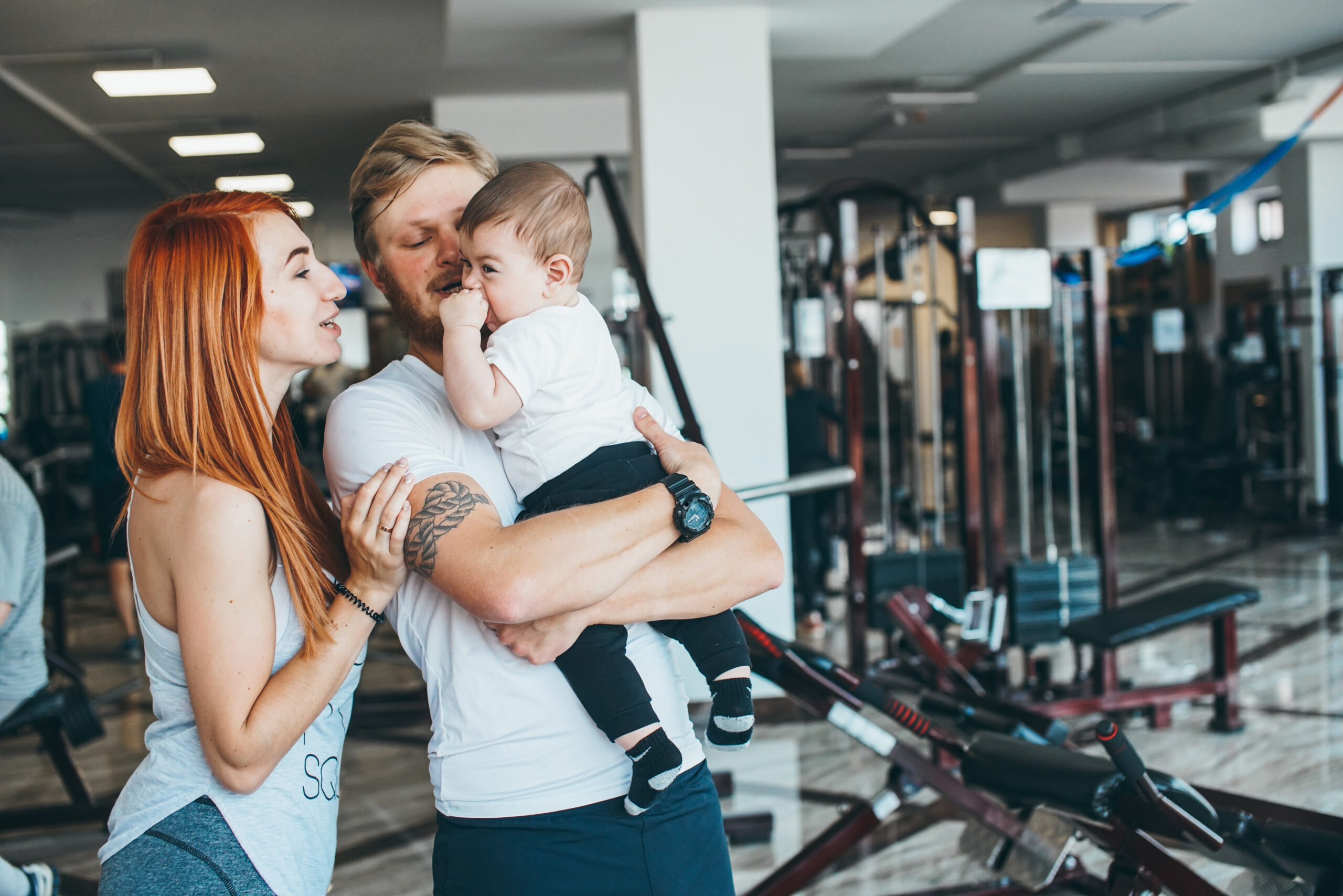Embarking on a fitness journey is an exciting and transformative experience. It’s a gateway to improved physical health, mental well-being, and overall self-confidence. For many individuals, the burning question remains: “What is the minimum age to go to the gym?” In this blog post, we aim to shed light on this topic and provide a comprehensive understanding of the age requirements for gym access. So, fasten your seatbelts as we explore the age-related factors that determine when one can step foot into the invigorating world of fitness.
Defining the Minimum Age: The minimum age to go to the gym is not a one-size-fits-all answer. It varies across different countries, gym chains, and even individual facilities. While some gyms may have a specified age requirement, others may consider factors such as maturity, physical development, and parental consent. It’s essential to research and understand the guidelines set by the gym you wish to join or consult with a fitness professional for personalized guidance.
Physical Development and Maturity: One of the primary factors in determining the minimum age for gym access is physical development and maturity. It’s crucial for individuals to have a certain level of strength, coordination, and bone development to engage in gym activities safely and effectively. Rapid growth periods, such as adolescence, can significantly impact an individual’s suitability for gym training. During this phase, professional guidance becomes invaluable to ensure appropriate exercises are performed to avoid potential injuries.
Safety First: Supervision and Guidance: Gym environments are equipped with a wide range of equipment, free weights, and machines that require proper knowledge and caution. Younger individuals may not possess the necessary experience or understanding of safety protocols, potentially exposing them to avoidable risks. For this reason, many gyms enforce age restrictions or require supervision by qualified trainers to ensure a safe workout environment.
The Role of Parental Consent: In cases where gyms allow younger individuals to access their facilities, parental consent is often required. This serves as an additional layer of protection, ensuring that parents or legal guardians are aware of their child’s activities and have granted permission for them to participate. Parental involvement fosters a supportive atmosphere and promotes responsible fitness habits from an early age.
Alternatives to Traditional Gyms: While conventional gyms may have age restrictions, there are alternative options available for younger individuals interested in fitness. Community centers, sports clubs, and school facilities often offer youth-oriented fitness programs, providing a safe and supervised environment for exercise and physical development. These programs are designed to cater to specific age groups and offer a structured approach to fitness.
Developing Healthy Habits Early: Even if a young individual does not meet the minimum age requirement for gym access, it’s important to encourage and support healthy habits from an early age. Engaging in regular physical activity, participating in sports, and promoting an active lifestyle within the family can all contribute to overall fitness and well-being.
While the minimum age to go to the gym is not universally defined, it’s important to consider factors such as physical development, maturity, safety, and parental consent. Fitness should be approached with caution, ensuring that individuals are ready for the demands of a gym environment. Alternatives such as youth-oriented fitness programs can provide valuable opportunities for young individuals to engage in physical activity and develop a foundation of healthy habits. Ultimately, the key lies in personalized assessment and guidance to ensure a safe and enjoyable fitness journey for everyone, regardless of their age.




